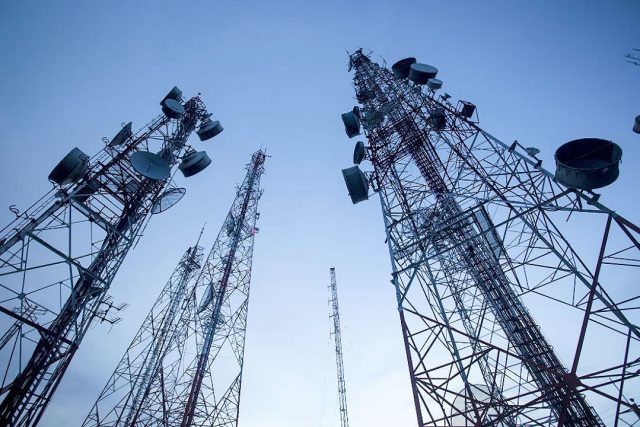Experts tout Open RAN’s impact on PHL connectivity

The adoption of Open Radio Access Network (RAN) standards can yield significant benefits for telecommunications networks, such as promoting interoperability, reducing the cost of fifth-generation (5G) infrastructure, and extending internet connectivity to underserved regions of the country, according to experts.
“We have to be ready if we want to catch up,” said Ma. Corazon M. Akol, vice chairperson of Asia Open RAN Academy (AORA), on the urgency of Open RAN adoption to the growing digital economy at a press conference on Thursday.
The Philippines ranked 83rd out of 140 countries in mobile internet performance, with a download speed of 26.98 Mbps, according to global network testing firm Ookla. This speed is below the global average of 42.92 Mbps.
Telco management consultancy Analysys Mason expects that a global market worth €36.1 billion in supplier revenues from Open RAN will emerge by 2026 and is likely to expand at a greater pace beyond that year.
“Open RAN deployment will happen gradually as the technology matures and reaches mass-industrial scale,” said European telco networks Deutsche Telekom, Orange, Telecom Italia (TIM), Telefónica, Vodafone in a report in November 2021.
“Meaning Traditional RAN will remain the dominant solution in 5G rollout for the short term,” it added.
“However, Open RAN is quickly becoming the next industry standard and innovation in this space is rapidly accelerating towards a point of maturity.”
Following a memorandum of understanding signed last month, AORA and the Department of Science and Technology’s Advanced Science and Technology Institute (DOST-ASTI) aim to build a local open network laboratory with a strong workforce capacity, catering to the Indo-Pacific region, to kickstart Open RAN solutions.
This will be followed by establishing community labs in the provinces to further democratize internet access in the country, noted Ms. Akol.
The first Open RAN laboratory in Southeast Asia is located at Telkom University in Indonesia.
“We created and developed use cases for people living in rural areas,” said Lia Yuldinawati, director of strategic partnerships and international office at Telkom University, on seeing the importance of the new framework.
Health, education, campus, community networks, disaster mitigation and management, and agriculture are the main use cases mentioned by AORA to benefit from Open RAN.
“Because Open RAN is quite new, seminars and trainings are needed to upskill new talent, especially the young generation,” Ms. Yuldinawati added, mentioning Telkom University’s partnership with AORA to provide training to Filipino engineers.
“It’s really upgrading the skillset of our electronics and communication engineers (ECEs),” said Ms. Akol on continuing professional development as both a challenge and benefit of the adoption alongside its novelty.
Moreover, Open RAN is sought to work hand in hand with the government’s common tower policy where telcos are now using shared towers to accelerate and lower the cost of digital transformation in the country.
“It will help the DICT [Department of Information and Communications Technology] come up with the necessary policies and guidelines,” said Ms. Akol.
“Instead of sharing only the tower, we are also sharing the equipment using Open RAN sharing,” said Richard R. Matias, president of Terra Hertz Pilipinas Inc., an online telco learning community.
“Operators will have the option to use both. This will drive cost and efficiency,” he added.
“The government will follow the market demand,” said Ms. Akol on the lack of updated policies. “The industry will force the government to come up with policies to help it flourish.”
AORA is an initiative co-created with funds from the United States Agency for International Development (USAID) as part of the Biden administration’s Indo-Pacific Economic Framework. — Miguel Hanz L. Antivola



